Among the many native fruits of South America, Peumo (Cryptocarya alba) stands out as a culturally significant and ecologically important species. Native to the temperate woodlands of Chile and parts of Argentina, this evergreen tree produces small, deep red berries cherished both for their flavor and medicinal properties.
While it may not be as globally commercialized as apples or mangoes, Peumo holds an essential place in local traditions and biodiversity conservation. This article dives deep into the fruit’s history, uses, cultivation, and identifies which country leads the world in Peumo production — a title held without contest by Chile.
What Is Peumo?

Peumo is an evergreen tree from the Lauraceae family, capable of reaching heights up to 25 meters (82 feet). It thrives in Mediterranean-type climates with dry summers and mild, wet winters. The tree bears glossy leaves and produces clusters of small, spherical berries approximately 7–10 mm in diameter. These berries ripen from green to a striking crimson-red hue in late summer to early autumn.
Although not widely exported or industrialized, the Peumo fruit has been a staple for indigenous Chilean communities, notably the Mapuche, for centuries. Its uses range from culinary to medicinal, and today, interest in this fruit is growing among health-conscious consumers and natural product industries.
Where Is Peumo Grown?
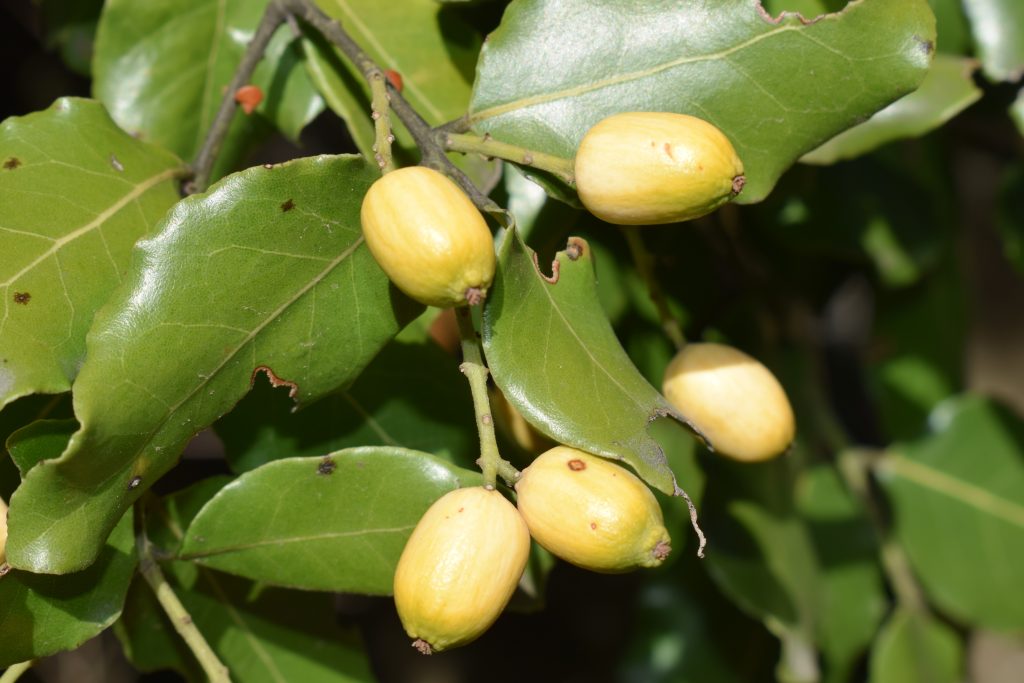
The native range of Peumo extends from Coquimbo to Biobío regions in Chile, covering approximately 33° to 40° south latitude. The tree naturally occurs in sclerophyllous forests (hard-leaf evergreen woodlands), often alongside species like boldo (Peumus boldus) and quillay (Quillaja saponaria).
While small populations can also be found in western Argentina, notably in the foothills of the Andes, the overwhelming majority of Peumo production is in Chile. Outside of South America, Peumo trees have been planted as ornamental or botanical curiosities in Mediterranean-like climates, such as California and parts of Spain, but they don’t contribute meaningfully to global production.
Why Is Chile the Largest Peumo Producer?
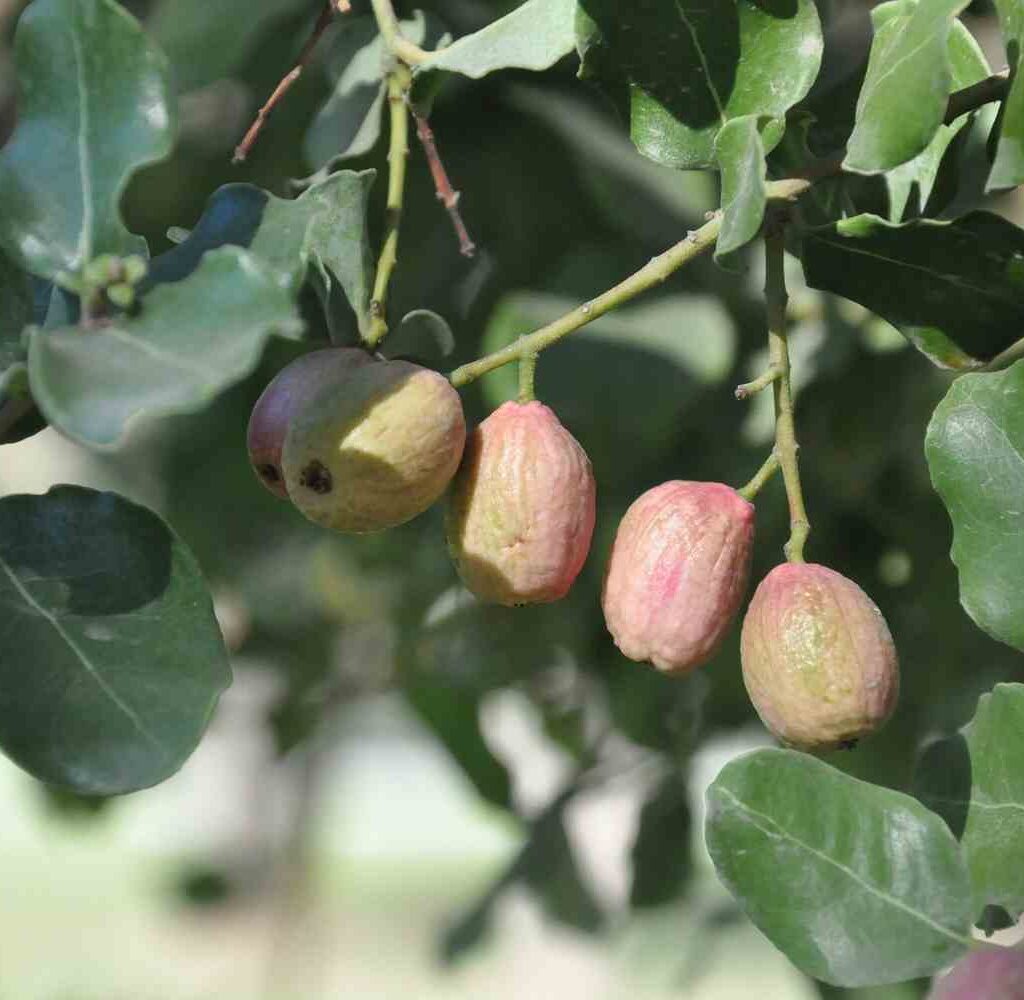
There are several reasons why Chile remains the undisputed leader in Peumo production:
1. Native Habitat Advantage
Peumo trees are naturally adapted to Chile’s central valleys and coastal ranges. The country’s unique Mediterranean climate, with its distinct wet and dry seasons, provides perfect growing conditions. These regions also offer varied elevations and soil types that foster healthy and productive trees.
2. Cultural Tradition and Indigenous Knowledge
For indigenous Mapuche communities and rural Chilean farmers, Peumo has long held nutritional, medicinal, and cultural significance. This generational knowledge ensures the continued use, protection, and harvesting of Peumo berries.
3. Biodiversity and Conservation Efforts
Chile has recognized the ecological importance of its sclerophyllous forests, where Peumo plays a key role in maintaining biodiversity and providing habitat for wildlife. Various forestry and conservation initiatives have helped preserve wild populations while encouraging sustainable harvesting.
4. Emerging Interest in Native Superfoods
As global demand for exotic, health-boosting fruits increases, Chile is well-positioned to scale up Peumo production. Its antioxidant-rich berries and historical heritage make it appealing for niche markets both domestically and abroad.
Agricultural and Medicinal Uses of Peumo
Culinary Uses
While Peumo berries are edible fresh, they are often infused in water or wine, as their astringency softens with heat. Traditionally, they’re used to:
- Prepare herbal teas
- Make jams and preserves
- Flavor spirits and wines
- Be eaten dried or infused into desserts
Medicinal Properties
Peumo berries, leaves, and bark have been used in folk medicine for:
- Treating digestive disorders
- Reducing inflammation
- Aiding respiratory conditions
- Serving as an antioxidant supplement
Studies have shown that Peumo fruits contain polyphenols, flavonoids, and essential oils beneficial to human health, confirming many traditional claims.
Wood and Ornamental Use
The wood of the Peumo tree is highly valued for its durability and is traditionally used in carpentry and construction. The tree’s attractive shape and dense, evergreen foliage also make it popular in landscaping and urban green spaces in Chilean cities.
Peumo Production Statistics
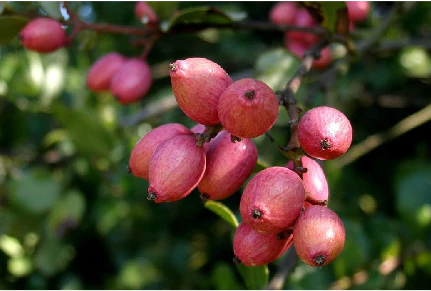
Since Peumo is primarily harvested from wild populations, concrete national production data is limited compared to major industrial fruits. However, forestry and agricultural studies estimate:
- Chile accounts for over 90% of the global Peumo harvest.
- Key harvesting regions include Maule, O’Higgins, Valparaíso, and Metropolitan Santiago.
- Most Peumo berries are gathered between January and March, aligning with Chile’s summer and early autumn seasons.
Though not a staple in international markets, local markets and natural product industries within Chile maintain a steady demand for Peumo berries, leaves, and wood.
Future Outlook for Peumo Production
Expanding Global Interest
The global rise in demand for native, antioxidant-rich, and medicinal fruits bodes well for Peumo. Chilean agroforestry experts are exploring its potential as a commercial fruit crop and in functional food products.
Sustainable Agroforestry Systems
Integrating Peumo trees into mixed-use agroforestry systems can enhance biodiversity, support soil health, and provide farmers with additional income streams from timber, leaves, and berries.
Research and Domestication
Chilean forestry institutions and universities are conducting research on:
- Seed propagation techniques
- Disease and pest resistance
- Optimizing harvest yields
- Nutritional and pharmacological analysis
This focus could lead to selective breeding programs and orchard-based cultivation in the coming decades.
Conclusion
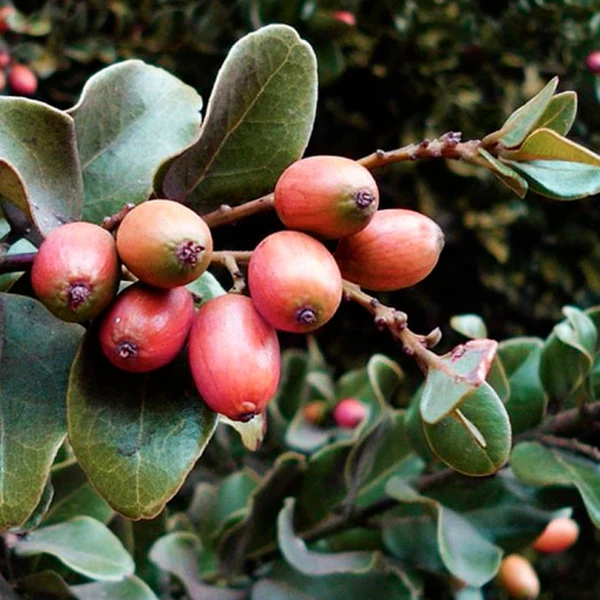
Without question, Chile is the world’s largest producer of Peumo. This native tree is a treasured emblem of Chilean heritage, ecological resilience, and medicinal tradition. Its small, scarlet berries may not yet grace supermarket shelves worldwide, but they hold immense value for biodiversity, cultural preservation, and emerging health food markets.
Peumo’s future looks promising as both a conservation symbol and a niche product for gourmet and wellness industries. Through sustainable practices, scientific research, and cultural pride, Chile continues to lead the world in Peumo production and stewardship.
Fun Fact:
The town of Peumo, located in Chile’s O’Higgins region, was named after the abundance of these native trees, further cementing its identity as the heart of Peumo production.

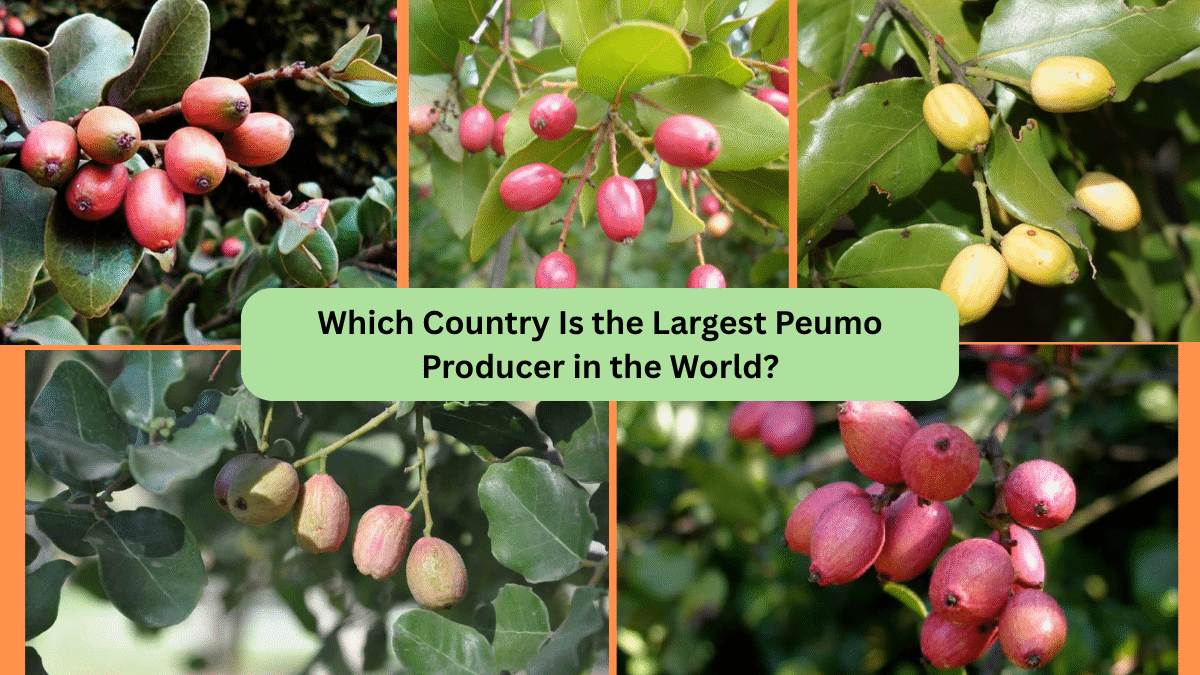
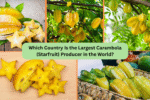

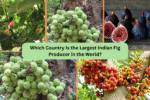
Leave A Comment